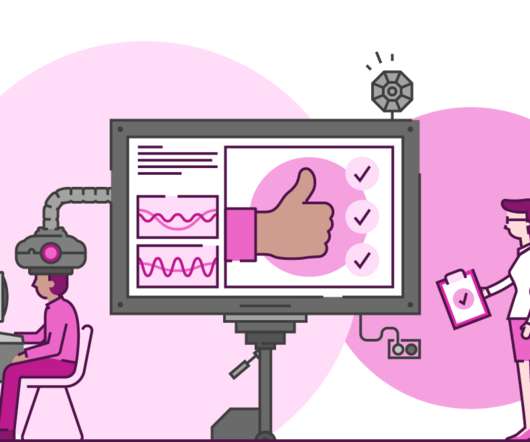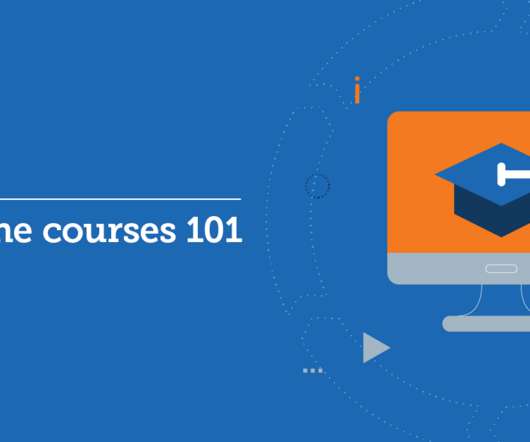Creating eLearning Content around Learning Objectives with Simple and User-friendly Authoring Tools
easygenerator
APRIL 14, 2014
In March 2014, easygenerator conducted a survey to identify trends in the eLearning arena. Research results indicated how eLearning professionals perceive the latest developments in the field, what challenges they face and what demands and requirements they have. Most respondents are experienced in the field of eLearning.

















































Let's personalize your content